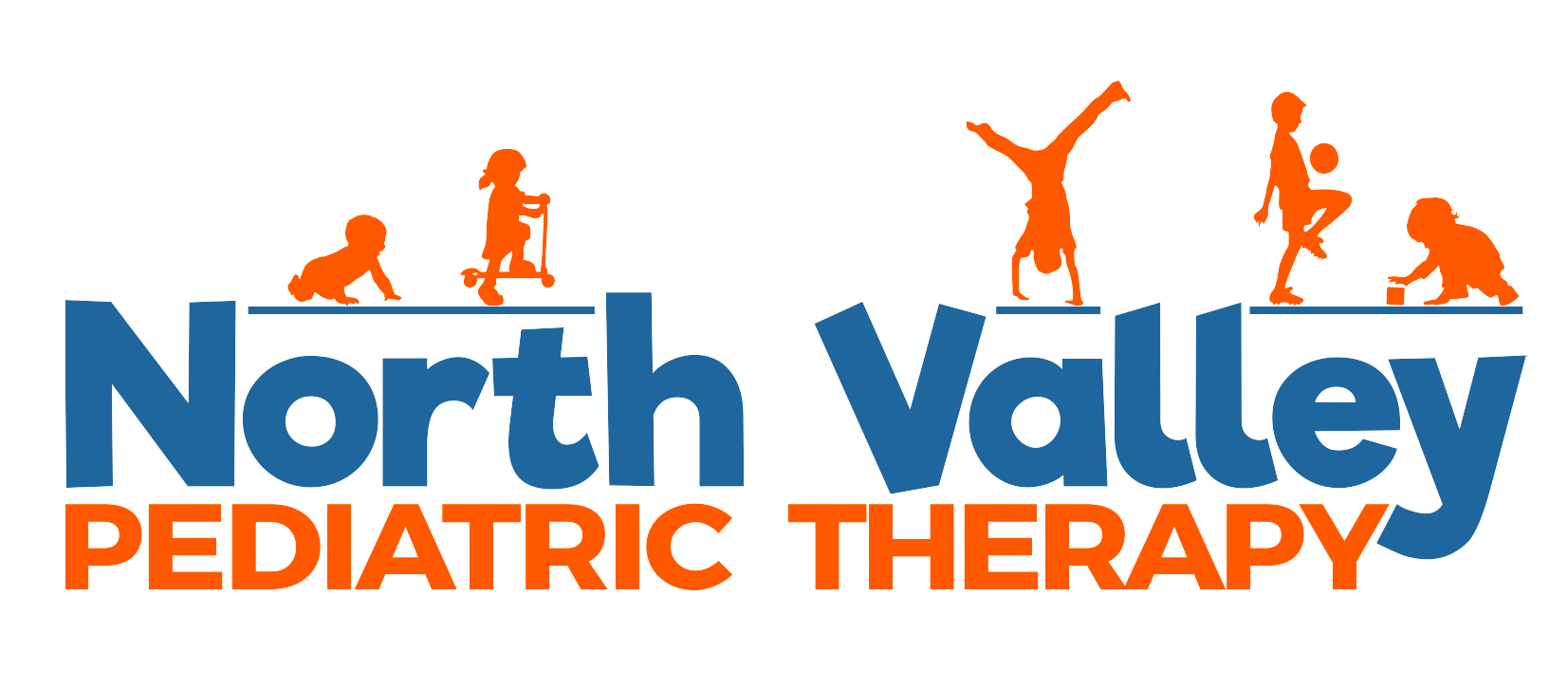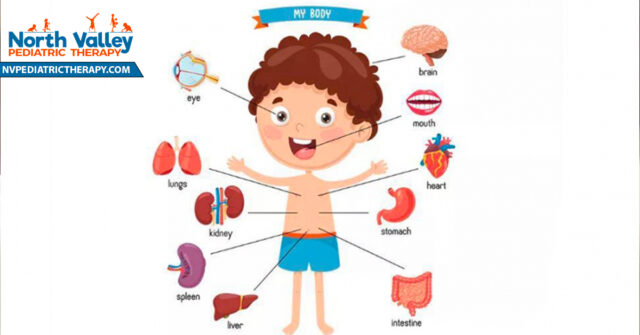What is sensory processing and why is it important?
Sensory processing is our brain’s ability to retrieve, organize, and process information from all of our senses and turn it into useful information necessary for proper development. Early exposure of sensory input to all sensory systems (tactile, auditory, visual, oral, olfactory, vestibular, and proprioceptive) allows the brain to learn how to process new experiences, filter out unnecessary sensory information, and build the foundation needed for higher-level skills. Sensory dysfunction can result in over-sensitivity or under-sensitivity to sensory input across some or all sensory systems and may impact development or performance in higher-level skills such as behavior, speech, and gross motor milestones.
What can I do?
It is important to provide a variety of sensory inputs and activities to promote the development of the sensory systems. If your child is initially hesitant to sensory input, go slow but don’t give up. Continued exposure will help an overactive system and is important. Some sensory systems need more time to understand and process input.
General Sensory Activities
0 to 3 months
- High-contrast visuals (black and white)
- Crinkly books and various textured toys
- Skin-to-skin contact
- Infant massage
- Moving hands and feed to the midline during bathtime, dressing, and play
- Tummy time
- Carry in a variety of positions
- Rock and sway
- Music, singing face to face, metronome (set to mother’s heartbeat)
4 to 6 months
- Play in lots of different positions
- Tummy time
- Textured toys, playmats, blankets
- Engage in vocal play
- Point out objects
- Provide visually stimulating objects (color, light) to promote visual tracking
- Provide opportunities for baby to look at a variety of objects and people
7 to 9 months
- Carry baby in a variety of positions and containers (strollers, baby seats)
- Crawling in a safe environment and over a variety of textures
- Play in a sitting position
- Use a variety of sponges, soaps, and lotions during bathtime and textured blankets, toys, and supportive surfaces during play
- Read picture books and point to objects
- Interactive songs
- May explore textures through food
- Messy play with food and water play
10-12 months
- Dance and sway to the music
- Swinging
- Crawling and walking with support over a variety of surfaces and textures
When to contact an Occupational Therapist?
If you notice that after repetitive exposure to an activity your child continues to not engage, is resistive or cautious to sensory experiences, is distressed when engaging in the task, or is only calmed when that sensory activity is occurring (ie rocking or swinging) it might be time to follow up with an Occupational Therapist for a more in-depth assessment and to receive more information about sensory processing.
References:
https://infantino.com/blogs/the-baby-monitor/sensory-development-your-baby-s-first-year-milest ones-infographic#:~:text=The%20first%20twelve%20months%20of,than%20during%20any%20t ime%20thereafter.
Written By: Halli S. MOT, OTR/L – Occupational Therapist




